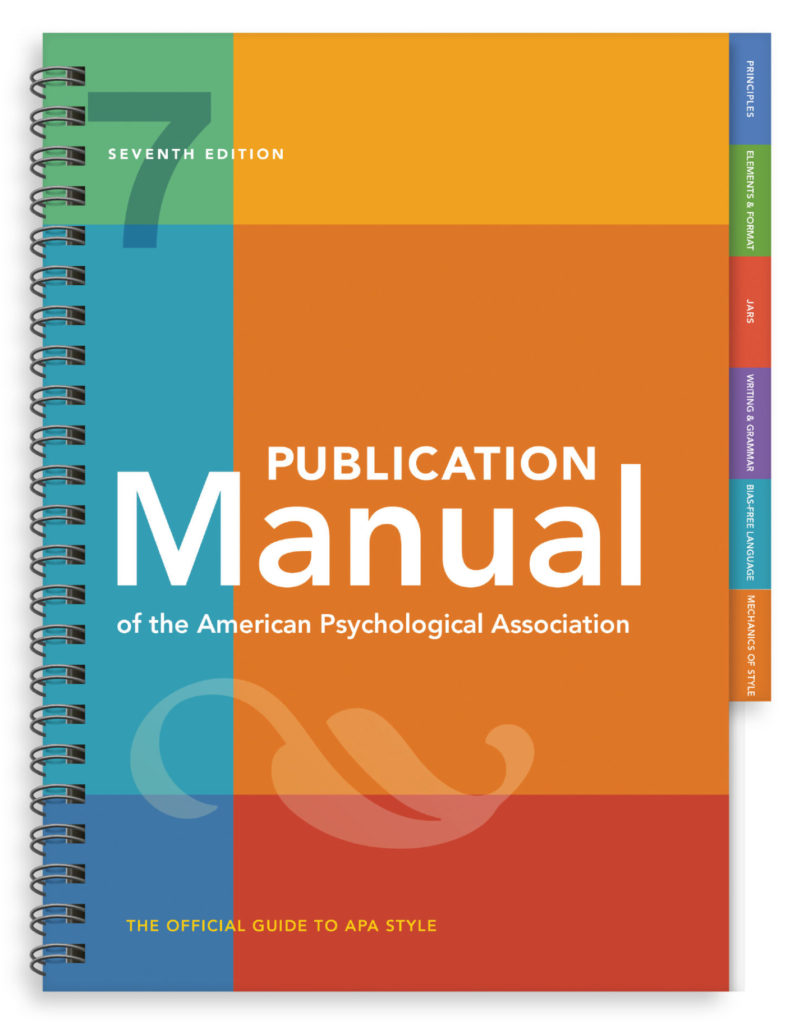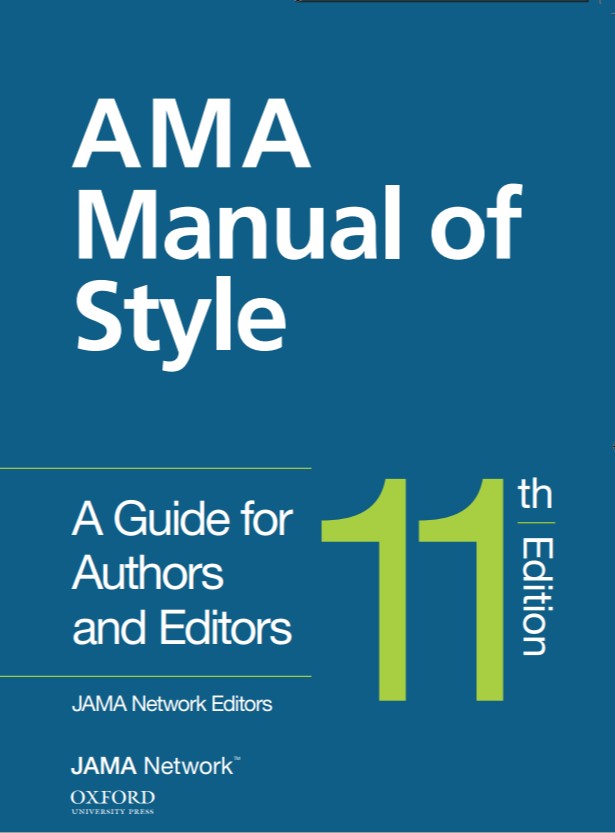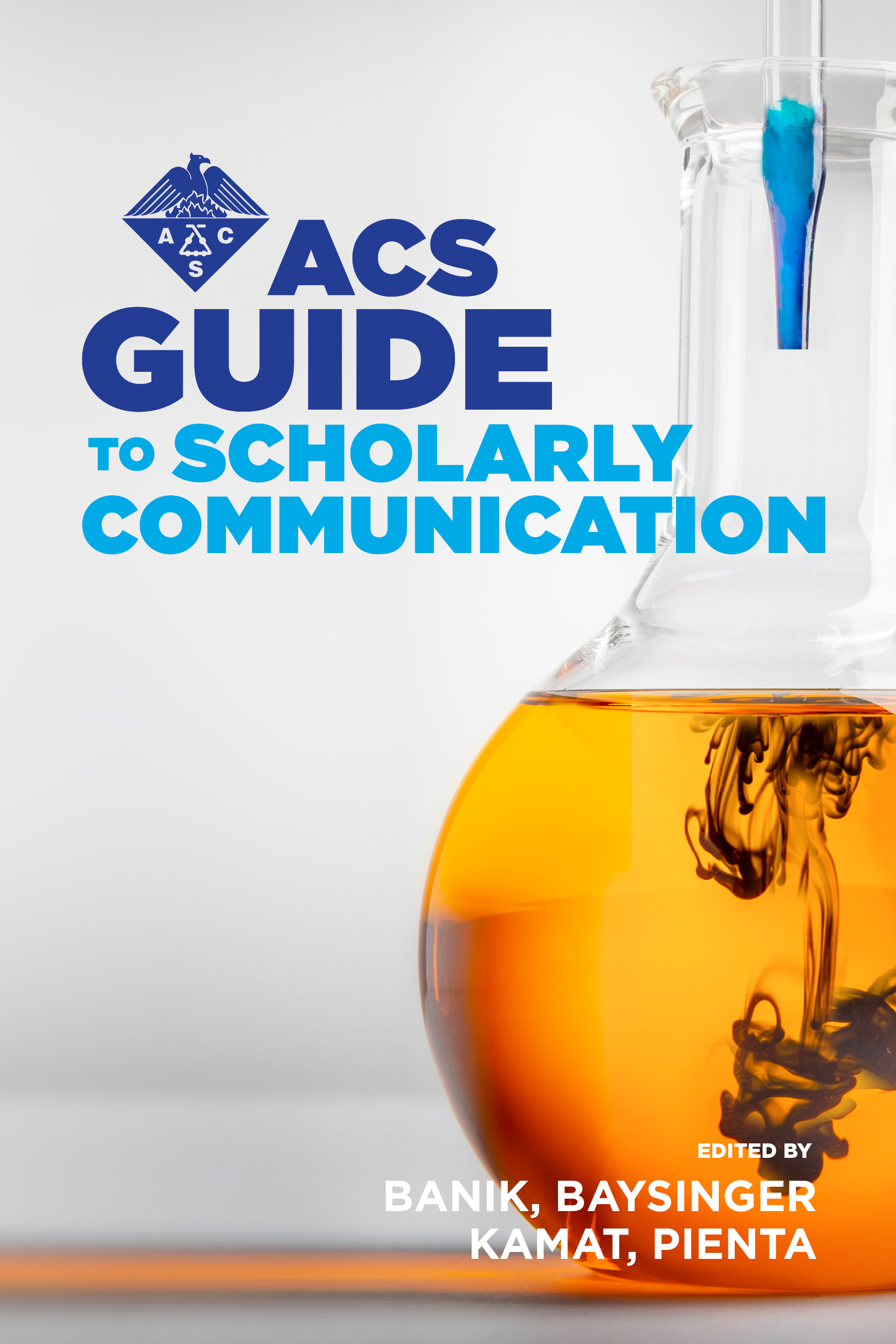CSE 2020 Fall Symposium
MODERATOR:
Barbara Gastel
Professor
Texas A&M University
College Station, Texas
SPEAKERS:
Emily L Ayubi
Director, APA Style
American Psychological Association
Washington, DC
Stacy L Christiansen
Managing Editor, JAMA, and Chair, AMA Manual of Style Committee
American Medical Association
Chicago, Illinois
Sara Tenney
Publisher, New Product Innovation, Publications Division
American Chemical Society
Washington, DC
REPORTER:
Duanduan Han
Editing Associate
College Station, Texas
The years 2019 and 2020 witnessed the release of new editions of 3 style manuals: the Publication Manual of the American Psychological Association (7th edition), AMA Manual of Style (11th edition), and the ACS Guide to Scholarly Communication (replacing The ACS Style Guide: Effective Communication of Scientific Information). As the session moderator, Barbara Gastel, professor at Texas A&M University, noted, this session was for style manual enthusiasts. Style manual insiders, who led the writing and publishing of these manuals, gathered virtually to share the behind-the-scenes stories of creating these must-have reference works.
Publication Manual of the American Psychological Association
 Emily Ayubi, Director of APA Style, first introduced the newest edition of the APA style manual. This edition has undergone the most extensive revision since the publication of its earliest predecessor, a 7-page writer’s guide, in 1929. After the launch of the 6th edition in 2009, more than 30,000 messages were collected from focus groups, surveys, interviews, emails, social media, blog comments, and web forms. These readers’ feedback was carefully reviewed and considered for potential updates. Peer reviewers representing multiple disciplines were invited to provide feedback and comments. An APA style manual team was formed to actively write new content and revise old entries. Ayubi noted that the primary challenge of updating a style manual is to “meet the needs of a diverse global community across disciplines and professional and educational levels.” The committee made tremendous efforts to find a balance between being prescriptive and flexible, accommodating both students and professionals, and covering psychology and other disciplines. Ayubi’s experience of growing up overseas provided her insights in supporting international users in this new edition.
Emily Ayubi, Director of APA Style, first introduced the newest edition of the APA style manual. This edition has undergone the most extensive revision since the publication of its earliest predecessor, a 7-page writer’s guide, in 1929. After the launch of the 6th edition in 2009, more than 30,000 messages were collected from focus groups, surveys, interviews, emails, social media, blog comments, and web forms. These readers’ feedback was carefully reviewed and considered for potential updates. Peer reviewers representing multiple disciplines were invited to provide feedback and comments. An APA style manual team was formed to actively write new content and revise old entries. Ayubi noted that the primary challenge of updating a style manual is to “meet the needs of a diverse global community across disciplines and professional and educational levels.” The committee made tremendous efforts to find a balance between being prescriptive and flexible, accommodating both students and professionals, and covering psychology and other disciplines. Ayubi’s experience of growing up overseas provided her insights in supporting international users in this new edition.
The ebook and print versions are in full color. The front and back inside cover flaps have quick guides for easy referencing. Compared to the previous edition, more examples are provided including 100 references, 40 table and figure samples, and 2 sample papers. Another substantive content revision is the APA style journal article reporting standards (JARS) in a dedicated Chapter 3. JARS has “expanded coverage on quantitative research and reporting standards and new coverage on qualitative and mixed methods research.” Chapter 5 is devoted to bias-free language with insights from 6 committees of expert advocacy organizations. A new website1 has been launched and provides style and grammar guidelines, handouts, and checklists for all levels. Style experts can be reached at StyleExpert@apa.org. Readers’ feedback is very welcome and may give editors ideas for the next edition.
AMA Manual of Style

Stacy Christiansen, Managing Editor at JAMA and Chair of the AMA Manual of Style Committee, started her presentation with a brief history of the manual. The manual has come a long way, from a 68-page booklet in 1962 to a 1227-page book now. The current edition is the first revision that has the hardcopy and the online version released simultaneously. All chapters from the previous edition were kept, with 2 exceptions: The chapter on indexing was removed because of easy access to digital searching, and the chapters about editing, proofreading, design, and workflow were combined. Each of 10 JAMA Network staff “conducted independent research, wrote, edited, and circulated the content for internal critique,” then chapters were sent out to external expert reviewers for at least 2 rounds of revision. As Christiansen mentioned, the whole editing process took 4 years from planning to publishing. This edition was released in February 2020.
A few key policy changes include the dropping of fellowships in the byline, permitting the use of “US” and “UK” as nouns, and not listing publisher locations in references. Revisions to apply bias-free language included capitalizing all racial and ethnic classifications, avoiding labeling people, and encouraging person-first language. The previous edition offered 70 quizzes with examples from real publications for readers to test their understanding, and all these quizzes will be updated gradually in keeping with the revised guidance.2 JAMA Network runs an official blog at AMA Style Insider,3 with articles featuring interviews and reflections on punctuation, usage, and style. A daily dose of the AMA style manual can be found via Twitter @AMAManual.
ACS Guide to Scholarly Communication
 Sara Tenney, publisher at the American Chemical Society, addressed that the new ACS manual has changed its name to the ACS Guide to Scholarly Communication because the coverage has expanded beyond just style to include all aspects of scholarly communication, such as open access, preprints, and preparing one’s data for publication. The planning committee surveyed over 600 chemists with “a fairly global representation” to get initial feedback on the previous version. Then 4 external editors (1 industrial chemist, 2 university professors, and 1 chemistry/chemical engineering librarian) were added to the editing team. Over 20 external authors were trained and commissioned to write individual chapters. The draft was peer-reviewed, and art and media content were incorporated. The final draft was copyedited by in-house copyeditors for quality control.
Sara Tenney, publisher at the American Chemical Society, addressed that the new ACS manual has changed its name to the ACS Guide to Scholarly Communication because the coverage has expanded beyond just style to include all aspects of scholarly communication, such as open access, preprints, and preparing one’s data for publication. The planning committee surveyed over 600 chemists with “a fairly global representation” to get initial feedback on the previous version. Then 4 external editors (1 industrial chemist, 2 university professors, and 1 chemistry/chemical engineering librarian) were added to the editing team. Over 20 external authors were trained and commissioned to write individual chapters. The draft was peer-reviewed, and art and media content were incorporated. The final draft was copyedited by in-house copyeditors for quality control.
Tenney especially noted that art and media development was a major focus of this new edition, as reflected in a consistent style across the work and a large number of graphic elements. The manual was published digitally first4 in January 2020 and updated in August 2020, and it will be updated twice a year. The digital publishing proved to be challenging for the publishers and authors as they adapted to special requirements unique to the digital version. The effort was rewarded by the final digital version, which can be frequently updated with ease and features multimedia content. For example, the digital manual includes short video tutorials. A 45-second video gives step-by-step instructions to redesign a table for a clear and concise presentation.5 Another noteworthy change is the first chapter, titled “Different Ways Scientists Communicate,” which includes guidance on posters, presentations, social media, and videos.
Through this session, audiences heard about the newly added features of style manuals from 3 high-impact publishers. The efforts presented by Ayubi, Christiansen, and Tenney painted a full picture of the process of updating a style manual to incorporate new publishing genres, accommodate digital publishing, and promote bias-free language. The hard work of updating style manuals keeps them as ever-evolving and never-out-of-fashion resources.
References and Links
- https://apastyle.apa.org
- American Medical Association. Style quizzes. In: AMA Manual of Style. 11th ed. [accessed December 21, 2020]. https://www.amamanualofstyle.com/page/style-quizzes
- AMA Manual of Style. AMA style insider. [accessed December 21, 2020]. https://amastyleinsider.com/
- https://pubs.acs.org/page/styleguide
- https://www.darkhorseanalytics.com/blog/clear-off-the-table
